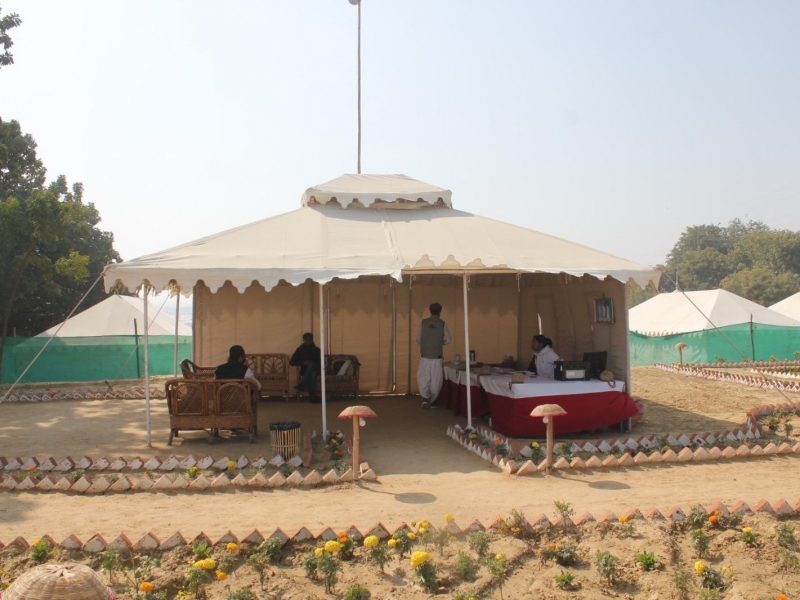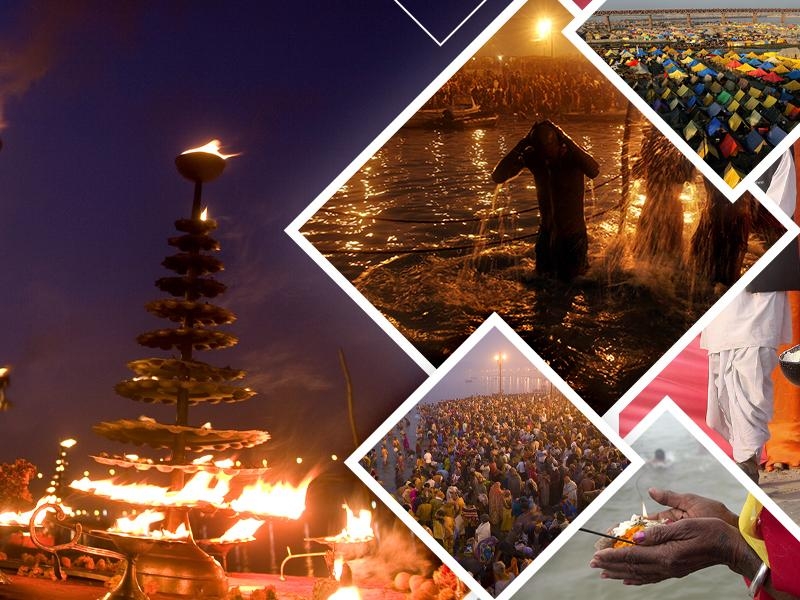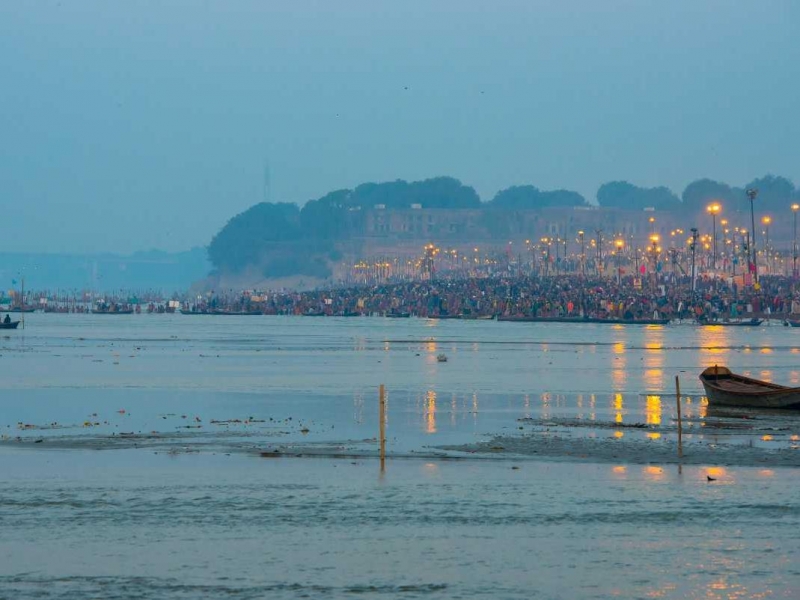Here is a list of Top 5 Oldest University around the World as per the time, they were established. Some are still operating while others are remembered for their rich history.
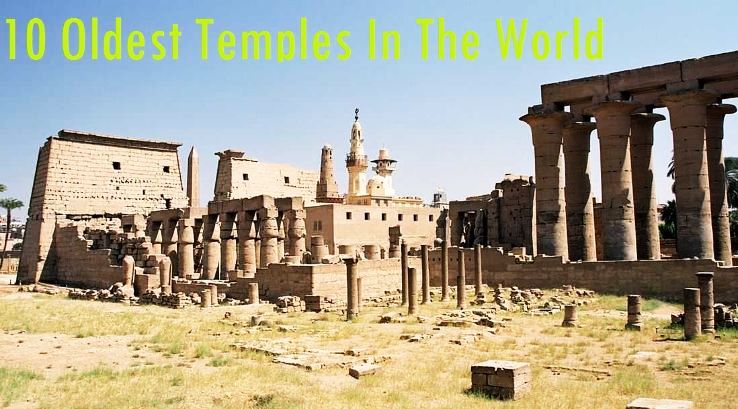
Temples are the religious places and are symbol of peace and togetherness. According to Webster's Dictionary, a temple connotes the existence or the devotion towards the divine power, or encompasses a unique place for some people that believe in the existence of super natural powers. Here are the 10 oldest temples in the world, have a look!
1. Palace of Knossos, Greece

Most important and best known Minoan palace complex in Crete. Built gradually between 1700 and 1400 BC, with periodic re-building after destruction until it was devastated once and for all by fire. The palace comprised living spaces, reception rooms, workshops, shrines and store rooms all built around a central square. It could have been used primarily as an administrative centre, a religious centre or both, in a theocratic manner. Knossos is also often associated with the legend of the Athenian hero these us killing the Minotaur.
2. Gobekli Tepe, Turkey
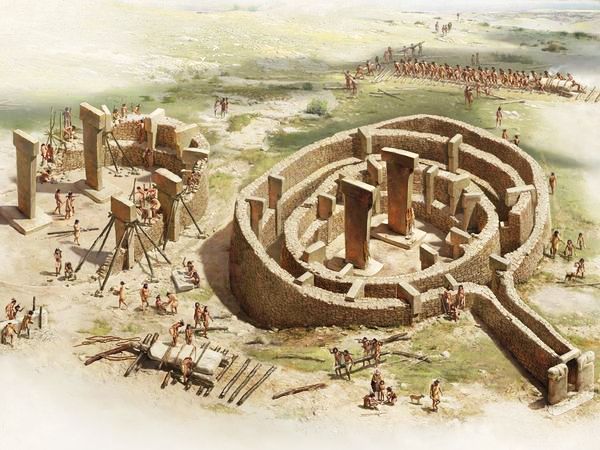
Built on a hilltop in southeastern Turkey. It was referred to be one of the oldest temples existing in the world. It is also said that the site of the temple was most likely to be crafted by the animal hunters before the age of wheels, animal husbandry and agriculture came into existence, about some 10th million BC. The houses or temples are round megalithic buildings while the walls are made of un worked dry stone and include numerous T-shaped monolithic pillars of limestone that are up to 3 meter (10 ft) high. Gobekli Tepe not only predates pottery, and the invention of writing or the wheel but it was also built before the beginning of agriculture and animal husbandry.
3. Temple of Amada, Egypt
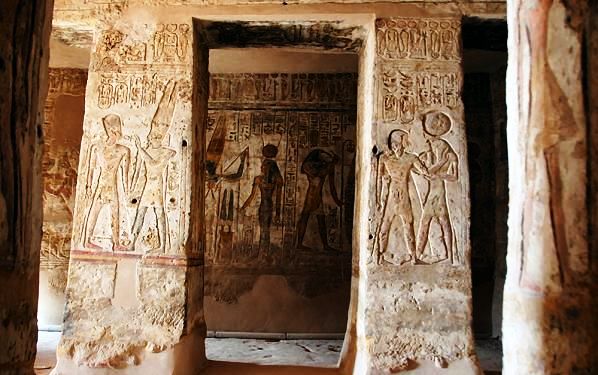
Oldest temple in Nubia and was first constructed by Egyptian pharaoh Thutmose III in the 15th century BC. The temple was dedicated to Amun and Re-Horakhty. Alterations and decoration were carried out by later pharaohs. Although the temple is quite small and has crumbling exterior, its interior features are some of the most finely cut reliefs with bright and vibrant colours.
4. Ggantija Temples, Malta
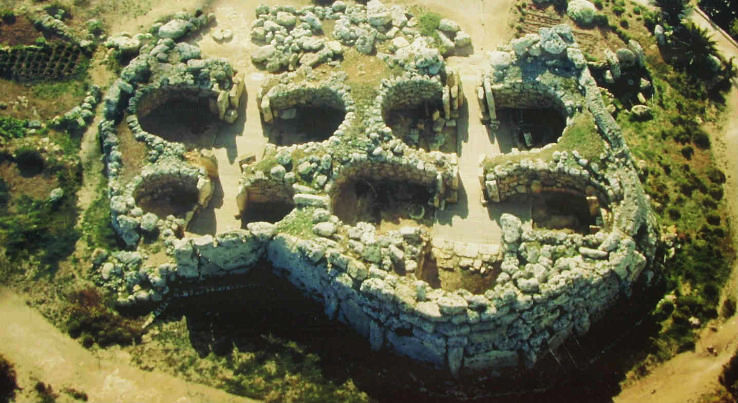
Located on a on a hill on the island of Gozo, the second-largest island in Malta. Ggantija temples are the earliest of a series of megalithic temples in Malta. Round in shape and containing statues of full-figured goddesses, the Ggantija temples were dedicated to the Great Earth Mother and probably included an oracle. The site was a place of pilgrimage for the ancient inhabitants of Malta. There are two temples, built side by side and enclosed within a boundary wall. The numerous figurines and statues indicate that the temples were possibly the site of a Fertility cult.
5. Hagar Qim and Mnajdra, Malta
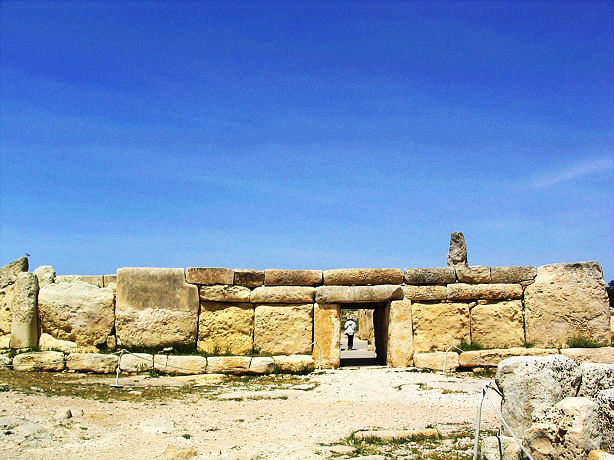
Located atop a cliff on the southern edge of the island of Malta. The Mnajdra temples are about 600 meters further down the cliff. It consists of a main temple and three additional megalithic structures beside it. The largest megalith is about 7 meters (23 ft) high and weights around 20 tons. Mnajdra consists of three conjoined but not connected temples. The Hagar Qim and Mnajdra temple were built during 3600 - 3200 BC and were excavated for the first time in 1839. Many other artifacts were also recovered from the temples which suggest that these temples were used for the religious purposes.
6. Temple of Seti 1, Egypt
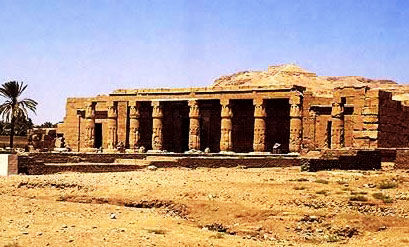
Located at Abydos on the bank of River Nile. Mortuary temple of Pharaoh Seti I. Built in 1279 BC, it was constructed towards the end of the reign of Seti. The temple was not only dedicated to Seti I but also to a number of deities. The raised reliefs in this old temple are some of the finest and most detailed in all of Egypt. The temple also contains the Abydos King List. It is a chronological list of many dynastic pharaohs of Egypt from Menes, the Egyptian king credited with founding the First dynasty, until Ramesses I, Seti's father.
7. Hypogeum, Malta
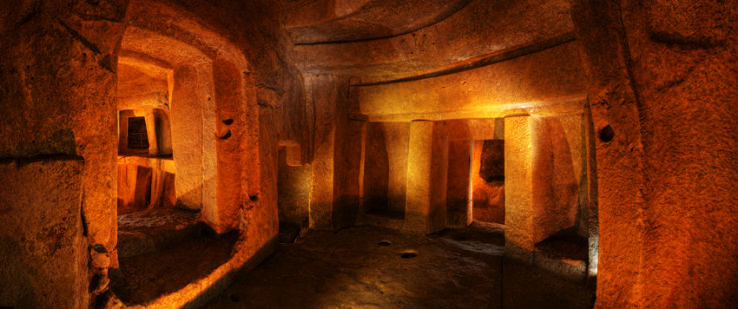
Only underground temple in the world. It is also one of the UNESCO world heritage sites of world and is being maintained and preserved by the UNESCO. And for this very reason only 80 visitors a day are allowed to visit Hypogeum and and there can be a 2-3 weeks wait to get a ticket. The temple consists of halls, chambers and passages carved out of rock. Thought to be originally a sanctuary, it became a necropolis in prehistoric times. The complex is grouped in three levels - the upper level (3600-3300 BC), the middle level (3300-3000 BC), and the lower level (3150 -2500 BC). The deepest room in the lower level is 10.6 meters (35 ft) underground.
8. Temple of Hatshepsut, Egypt
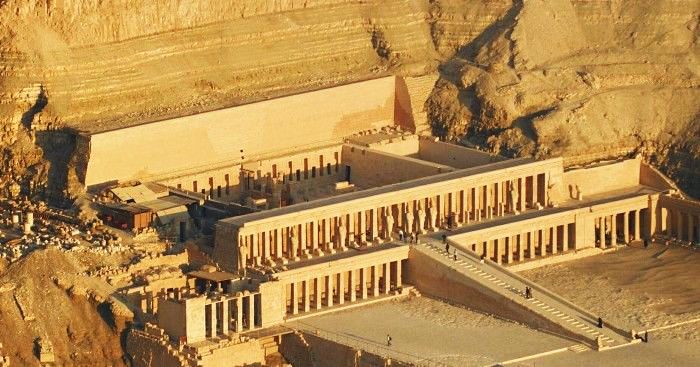
Located on the western bank of the Nile. One of the most beautiful of the royal mortuary temples. Built by Queen Hatshepsut. This temple was built to commemorate the Queens achievements and to serve as a funerary Temple for her, as well as a sanctuary of the God, Amon Ra. Construction of the temple of Hatshepsut took fifteen years, between the 7th and the 22nd years of her reign.
9. Luxor Temple,Egypt
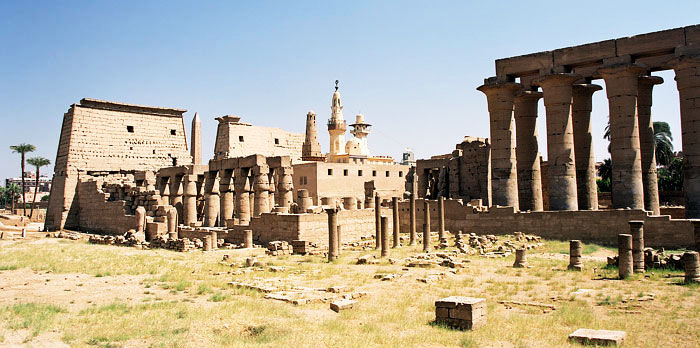
Located near the river Nile in Thebes, which is one of the ancient cities of the world. Built during 1400 BC, it was dedicated to Mut, Chons and Amun, the three Egyptian gods and was the focus of one of the most important religious festivals in ancient Egypt - the annual Opet Festival. The temple is about 850 feet long and about 213 feet across the front. It is no longer a religious site, but is surely a place of tourist attractions.
10. Stonehenge, England
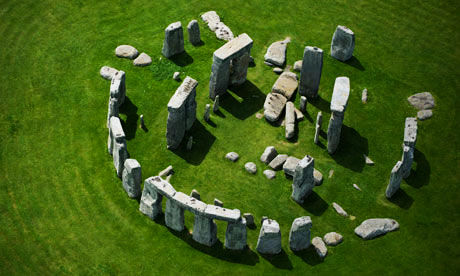
Considered Britain's Greatest National Icon. Believed to be built anywhere between 3000 BC to 2000 BC. The structure is built such that it has the earthworks done across the circular setting of large stones. The biggest of Stonehenge's stones, known as sarsens, are up to 30 feet (9 meters) tall and weigh 25 tons (22.6 metric tons) on average. It is widely believed that they were brought from Marlborough Downs, a distance of 20 miles (32 kilometers) to the north. Smaller stones, referred to as "bluestones" (they have a bluish tinge when wet or freshly broken), weigh up to 4 tons and come from several different sites in western Wales, having been transported as far as 140 miles (225 km).
Recommended For You
-
 Best Places to Stay During Kumbh 2025: From Tents to Luxury Hotels
Best Places to Stay During Kumbh 2025: From Tents to Luxury Hotels
-
 The Ultimate Guide to Maha Kumbh Mela 2025 at Prayagraj
The Ultimate Guide to Maha Kumbh Mela 2025 at Prayagraj
-
 Understanding the Importance of the Sangam: The Confluence of Faith
Understanding the Importance of the Sangam: The Confluence of Faith
-
 The History and Mythology of Kumbh Mela: A Journey Through Time
The History and Mythology of Kumbh Mela: A Journey Through Time
-
 Best Places to Eat in Goa: Indulge in a Culinary Delight
Best Places to Eat in Goa: Indulge in a Culinary Delight
-
 The Future of Drone Tourism: How Drones are Changing the Travel Industry
The Future of Drone Tourism: How Drones are Changing the Travel Industry
